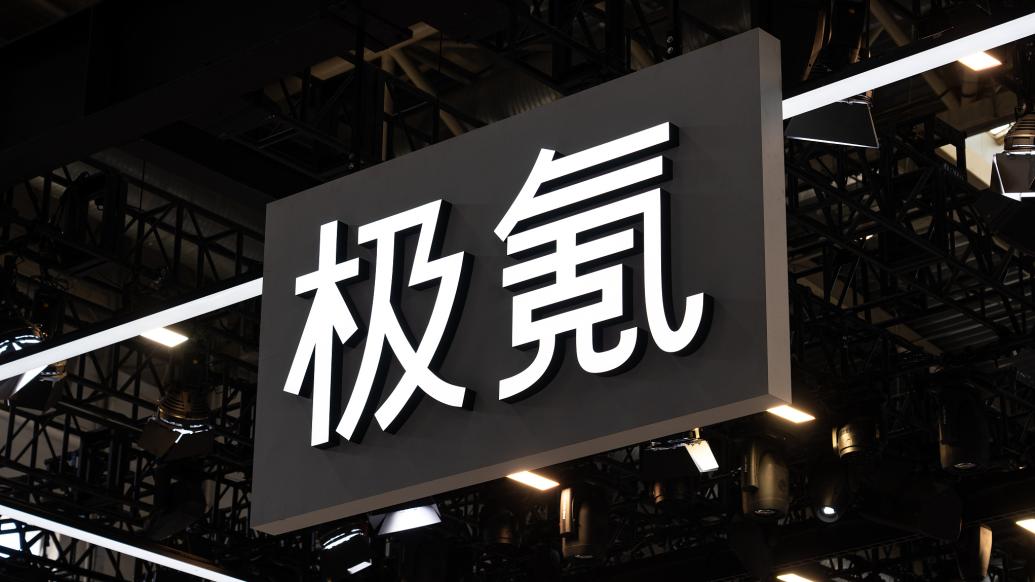Zeekr to go public in the U.S. this week, three years of car manufacturing to realize IPO dream
- 27 August, 2024
On May 3rd, Eastern Time, Zeekr submitted an updated quasi-prospectus (red herring prospectus) to the U.S. Securities and Exchange Commission (SEC), planning to be listed on the New York Stock Exchange with the stock code "ZK".

The prospectus shows that Zeekr will issue 17.5 million ADS (American Depositary Shares), each ADS equivalent to 10 common shares, with an issue price range of US$18-US$21/ADS, raising up to US$367.5 million (approximately RMB 2.639 billion) in funds. Zeekr's target valuation is US$5.13 billion (approximately RMB 37 billion), which is lower than previous expectations, but it will still be the largest Chinese company to go public in the United States since October 2021.
Among them, Geely Automobile, the original shareholder of Zeekr, as well as investors and shareholders such as CATL and Mobileye have expressed interest in subscribing to up to US$349 million of American depositary shares. Among them, Geely Automobile intends to subscribe to up to US$320 million of the depositary shares issued.
It is reported that Zeekr will officially be listed on the New York Stock Exchange as early as May 10. After listing on the U.S. stock market as scheduled, it will become the fastest IPO new energy vehicle company in history.
Geely Auto Chairman Li Shufu will own nearly 75% of Zeekr after its IPO, while Zeekr CEO An Conghui will hold nearly 3%.
Founded in March 2021, Zeekr is a high-end smart pure electric brand under Geely Holding Group. Currently, there are four models on sale: Zeekr 001, Zeekr 009, Zeekr 007, and Zeekr X. In addition, Zeekr also released Zeekr MIX during the Beijing Auto Show, which will become a strong competitor in the mid-to-high-end MPV market.
Data shows that in April this year, Zeekr just achieved a record high monthly sales, delivering 16,089 units that month, a year-on-year increase of 99% and a month-on-month increase of 24%. As of the end of April 2024, Zeekr has delivered more than 240,000 vehicles. Among them, a total of 49,148 vehicles were delivered in the first four months of 2024, a year-on-year increase of 111%. In 2023, Zeekr's revenue will be 51.7 billion yuan, of which automobile sales revenue will be 33.912 billion yuan, and the gross profit margin of the whole vehicle will reach 15%.
But Zeekr, which was established three years ago, is still in the red. The prospectus shows that Zeekr's net losses in 2021, 2022 and 2023 will be 4.5143 billion yuan, 7.6551 billion yuan and 8.2642 billion yuan respectively. As of December 31, 2023, Zeekr's cumulative losses reached 20.9 billion yuan. At the same time, Zeekr has RMB 3.3 billion in cash and cash equivalents and RMB 11.8 billion in net current liabilities.
According to the prospectus, Zeekr plans to use the funds raised in three aspects: approximately 45% (or US$138.9 million) will be used to develop more advanced pure electric vehicle technologies and expand its product portfolio; approximately 45% (or US$138.9 million) will be used for sales and marketing and to expand the company's services and charging network; and approximately 10%, or US$30.8 million, will be used for general corporate purposes, including working capital needs.
After going public, Zeekr will become the fourth Chinese new energy vehicle company to be listed on the US stock market after NIO, Xiaobian and Li Auto.
Previously, Zeekr's post-investment valuation once reached US$13 billion (about RMB 94.8 billion), and its current valuation has shrunk by more than half from its peak three years ago. This should also be the current attitude of the capital market towards electric vehicle investment. Compared with the high valuation in 2021, the market is now obviously cautious.
Over the past year, the share prices of new car manufacturers including NIO and Xpeng in the U.S. stock market have fallen by an average of about 70% from their peak in 2021.










0 Comments